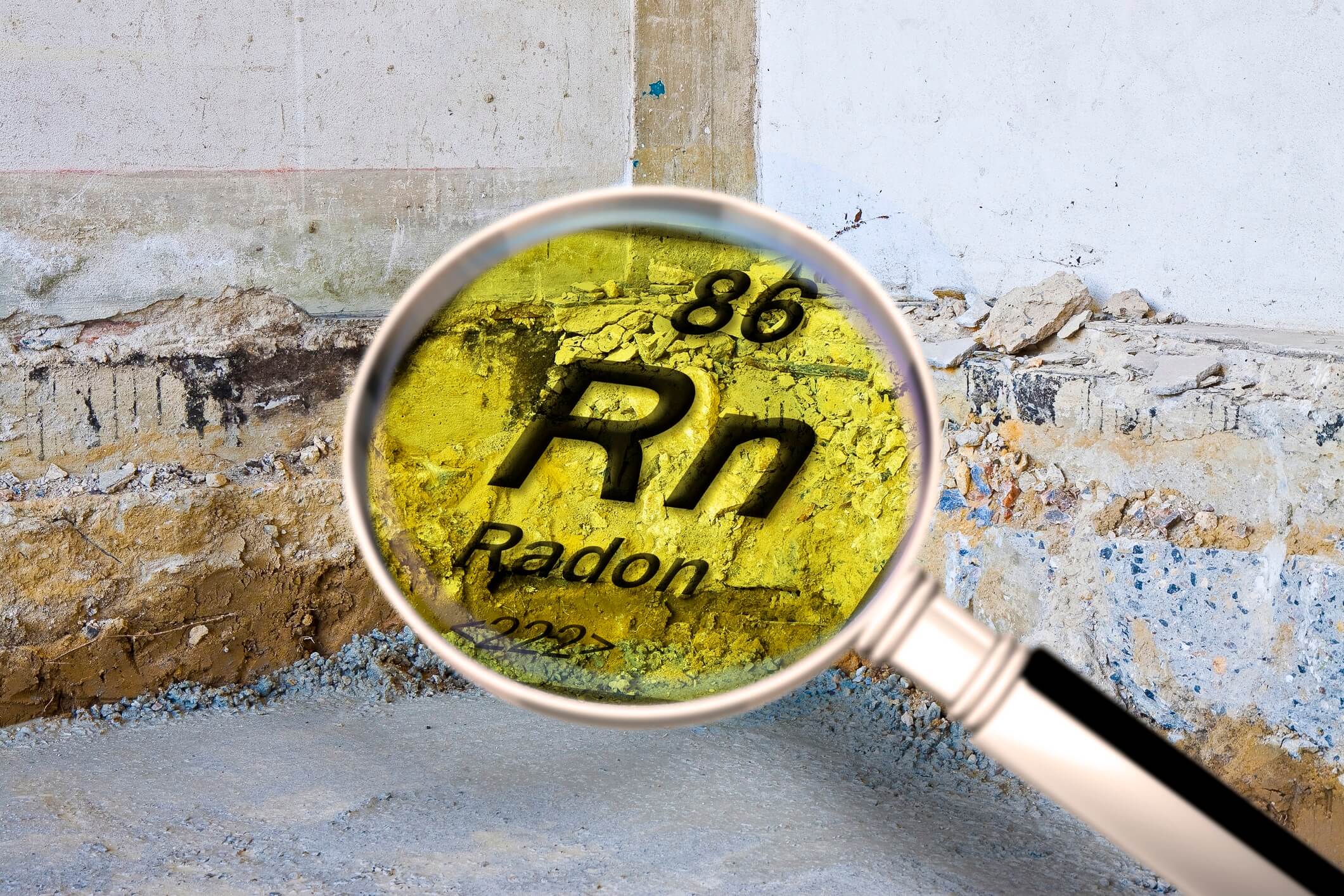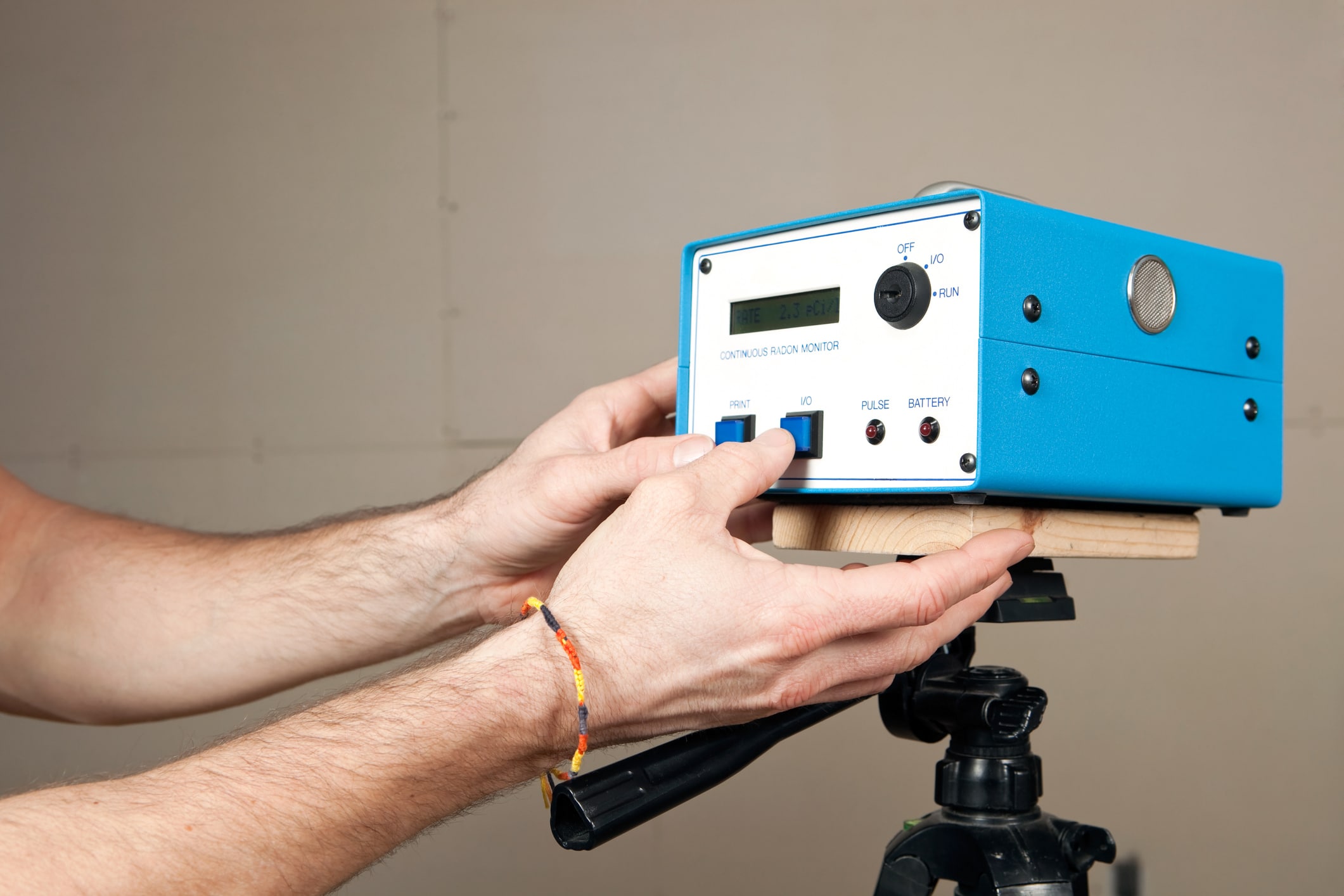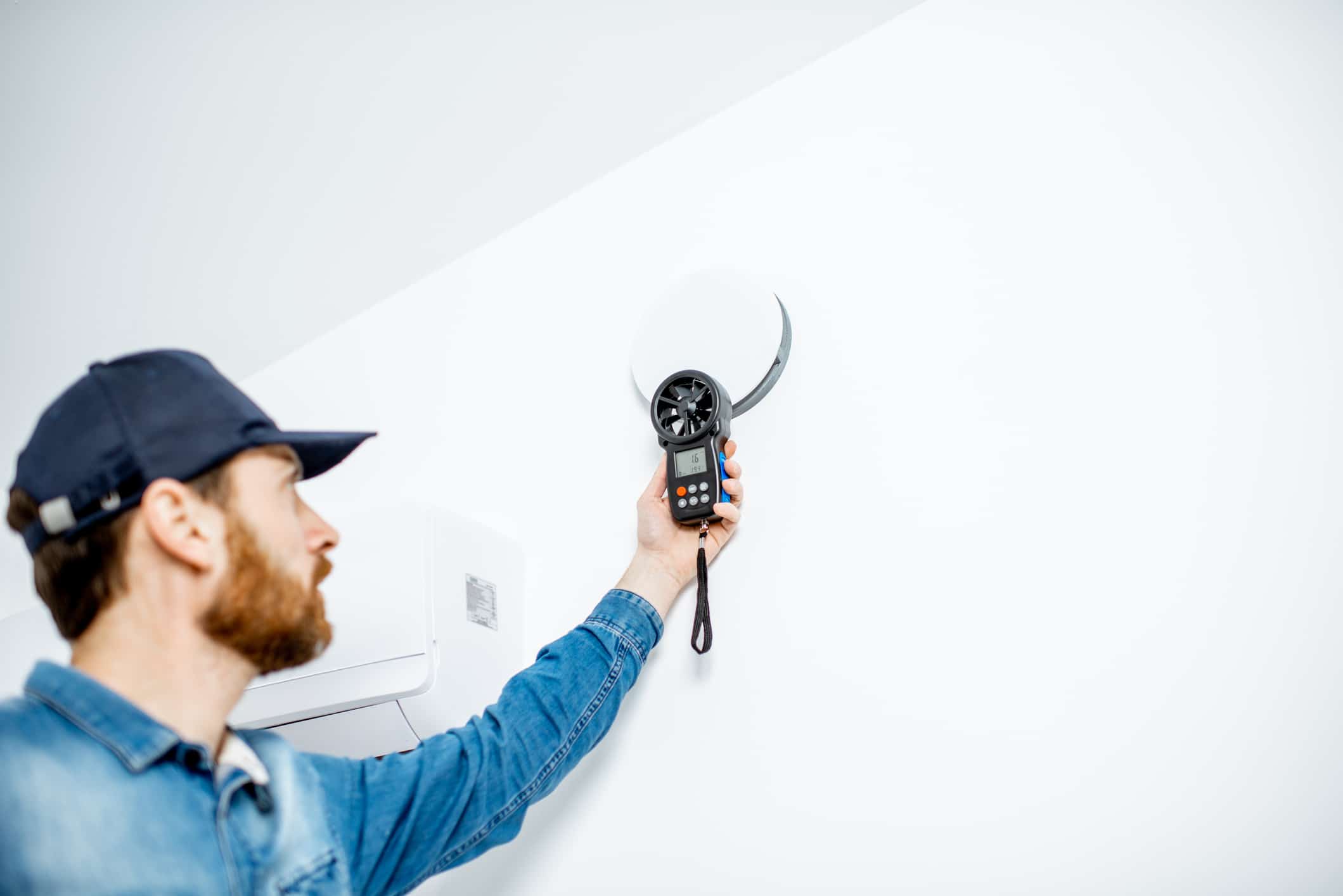The Importance of Radon Testing for Homes and Businesses in Maryland
Understanding Radon
Radon is a radioactive gas resulting from the natural decay of radium, which itself comes from the breakdown of uranium in soil, rock, and water. This colorless and odorless gas can accumulate in buildings of all sizes, posing significant health risks without ever being detected by human senses. The only reliable method to ensure safety from radon exposure in homes and businesses is through professional radon testing.
Radon can enter your property through various pathways, including:
- Cracks in concrete slabs
- Pores and cracks in concrete blocks
- Mortar joints
- Loose fitting pipe penetrations
- Well water
- Building materials such as brick, concrete, rock
Everyone could face exposure to Radon due to its abundant existence outdoors, but because it is only found at low levels naturally, it doesn’t pose as many risks as when it is found in open space.
However, Radon is much more dangerous inside a home or business because the gas confines itself within small spaces and becomes more concentrated at significantly higher levels. This is especially the case for spaces in buildings such as basements and attics.
The Risk of Radon in Your Home
Radon is a common problem in homes throughout the country – nearly 1 in every 15 homes in the U.S. is estimated to have elevated radon levels. Any home regardless of its age or size is at risk for having a radon problem, and the only way to know about your home’s radon levels is to test!
Testing your home for radon is not only a proactive health measure but a necessary step in preserving indoor air quality and safety.
The Importance of an Indoor Air Quality Test for Your Home
The primary risk associated with radon is an increased chance of lung cancer. In fact, radon is the second leading cause of lung cancer within the United States, with an estimated 21,000 lung cancer deaths per year – only second to cigarette smoking.
Deaths caused by radon are entirely preventable, but homeowners must take steps to make sure their indoor air quality is safe. There is no reason to live with a high radon level when the problem is so easily resolved. Home radon testing is a simple and effective solution.
Radon gas exists in every area of the country, though the levels are higher in some places than others. For example, radon levels tend to be higher in northeastern states. However, no one should assume that their home is not at risk just because they’re not in a particularly dangerous area.
Radon tends to present a tricky problem for homeowners because it produces no odor and has no color, which leaves no way for homeowners to detect its presence without testing. Without realizing it, residents in the home might subject themselves to increasing risk of cancer over the years.
How MD Mold Testing Can Help
If we detect high levels of radon in the home, there are certain steps that can reduce or eliminate it entirely, such as a suction system that can pull the gas outside and away from the house. Adjustments to ventilation and sealing of cracks in the foundations can also help.
Besides radon, an indoor air quality test can also identify dangerous contaminants that might affect health. MD Mold Testing in Maryland provides a range of services from radon testing to soil and water assessment.
Click here if you would like to learn more about MD Mold Testing’s radon testing services in Maryland, or call us at 301-717-1454 today.
Commercial Radon Testing and Air Inspection in Maryland
MD Mold Testing in Maryland provides reliable commercial mold air inspection and commercial radon testing, so you can be certain that your employees and customers are breathing safe and healthy air.
Radon is very hard to detect because it seeps up through the ground from decaying uranium. Normally, it disperses into the open air and presents no particular danger, but it can become trapped inside buildings, particularly in lower rooms of office buildings and basements used for storage.
The Importance of Professional Radon Testing
Although radon is more prevalent in some parts of the country than in others, it is found in just about every place in the United States. Elevated levels of radon inside a building can greatly increase the risk of lung cancer for workers who are exposed to it constantly over long periods of time.
In addition, radon poses other health risks, including stomach cancer and certain gastrointestinal problems. Some people even suspect it of being responsible for headaches, asthma, allergies and fatigue, though these connections have yet to be scientifically proven. MD Mold Testing’s services offer peace of mind by ensuring that your indoor environment is safe and healthy.
Radon is dangerous to people of any age, but it is a particular risk for people with weakened immune systems, like the elderly and young children. It creates problems anywhere that airflow is stagnant by entering buildings through brick walls, basements or cellars, and crawl spaces.
Since it is impossible for people to detect the presence of radon through sight or smell, it requires professional help to discover its presence. If radon exists in your office building or retail business location, there are mitigation units that can control the levels and keep the indoor air safer for workers, customers and residents.
Learn More About Our Radon Testing Services
For more information on MD Mold Testing’s radon testing services for commercial buildings and businesses in Maryland, please call us today at 301-717-1454.








